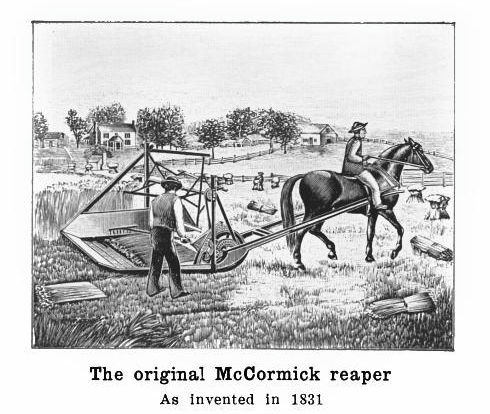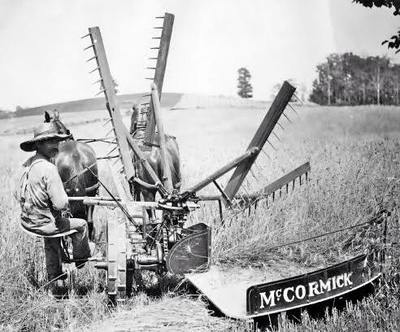
The court has this morning stated that there is no case in history like this. One of the condemned anarchists was August Spies, a newspaper publisher.įollowing are extracts from the speeches of the eight Chicago anarchists, relating to anarchy, made by them in reply to the question of the court why sentence should not be pronounced including also other extracts from their writings:įrom testimony one is forced to conclude that we had, in our speeches and publications, preached nothing else but destruction and dynamite. Four were hanged, one committed suicide the day before his execution, and the other three were eventually pardoned by the Illinois governor.

Seeking to avenge the policemen’s death, authorities arrested eight anarchist leaders and, despite no material evidence that they were connected with the bomb, convicted them of conspiracy. The police then began to fire into the crowd, some of whom fought back, and by the time the riot subsided seven policemen and at least four protesters were dead. Nearby police moved in to disperse the remaining protesters and someone in the crowd threw a bomb, which killed several policemen.

MCCORMICK REAPER WORKS STRIKE 1886 SERIES
After a series of speeches (including a brief announcement by the city’s mayor), the crowd began to leave. On May 4, 1886, a group of anarchists led a peaceful protest in Haymarket Square supporting the striking workers and opposing the violent tactics used by police to stop the strike. For more background, also see the account by the Illinois Labor History Society, here.Print-Friendly Version (PDF): August Spies on Anarchy (1887).pdfĬontext: The Haymarket Affair grew from a strike against the McCormick Reaper Company in Chicago. The Library of Congress has an online research guide for the Haymarket Affair, including links to digitized historic newspapers from that time, here. And then Spies spoke: “The day will come when our silence will be more powerful than the voices you are throttling today.” Albert Parsons, August Spies, George Engel, and Adolph Fischer stood before the crowd with hoods covering their faces.

On November 11, 1887, the remaining prisoners were brought out to the hangman’s platform. Two men had their sentences commuted to life and prison and one man committed suicide in prison. The jury reached a verdict in three hours: death by hanging for seven of the men, including Parsons and Spies, 15 years in prison for the eighth, August Neebe. Anarchy is on trial… Gentlemen of the jury, convict these men, make examples of them, hang them and you save our institutions, our society.”
MCCORMICK REAPER WORKS STRIKE 1886 FULL
The only two who were at the rally at the time of the bombing had been on stage, in full view of the crowd and police. The defense lawyer provided alibis for all eight men. Chronicling America: Historic American Newspapers, LOC Watertown Republican (Watertown, WI), Image 3. Sketch of the seven men complicit in the Haymarket Affair. No one had been identified as the bomber, but the eight defendants were tried as accessories to murder based on their inflammatory speeches. Parsons had fled the city after the bombing, but turned himself in to be tried with his comrades. On June 21, they were joined by an eighth - Albert Parsons, leader of the American branch of the International Working People’s Association (I.W.P.A.), an anarchist group whose stated goal was to engineer a social revolution that would empower the working class. The police rounded up suspicious foreign workers and anarchist leaders. Reportedly a similar number of civilians were killed or injured but, as PBS notes, “the number is uncertain because few would admit to being at the rally.” The explosion left seven police officers dead and sixty wounded, many of them hit by wild shots from fellow policemen. From somewhere in the crowd, a bomb was thrown in front of the columns of police. The mayor was there, but after he left the rally, the Chief of Police sent in his troops. The anarchists called for a rally the next night at Haymarket Square to protest the deaths.

(A scab is a strikebreaker who willingly crosses the picket line.) Immediately, two hundred policemen attacked the crowd, swinging nightsticks and firing their guns. On May 3, strikers attacked scabs leaving the McCormick building. The factory was located on the north bank of the Chicago River, east of the Michigan Avenue Bridge. Meanwhile, a strike was on at the nearby McCormick Reaper Works. On May 1st, 80,000 workers lay down their tools and marched up Michigan Avenue behind August Spies, the editor of the English-language anarchist newspaper, “The Alarm.” That day ended peacefully. A PBS online history avers that because Chicago had a sympathetic mayor in Carter Harrison, the nationwide movement focused on that city. In 1886, the Federation of Organized Trades and Labor Unions organized a May Day general strike to demand an eight-hour day.


 0 kommentar(er)
0 kommentar(er)
